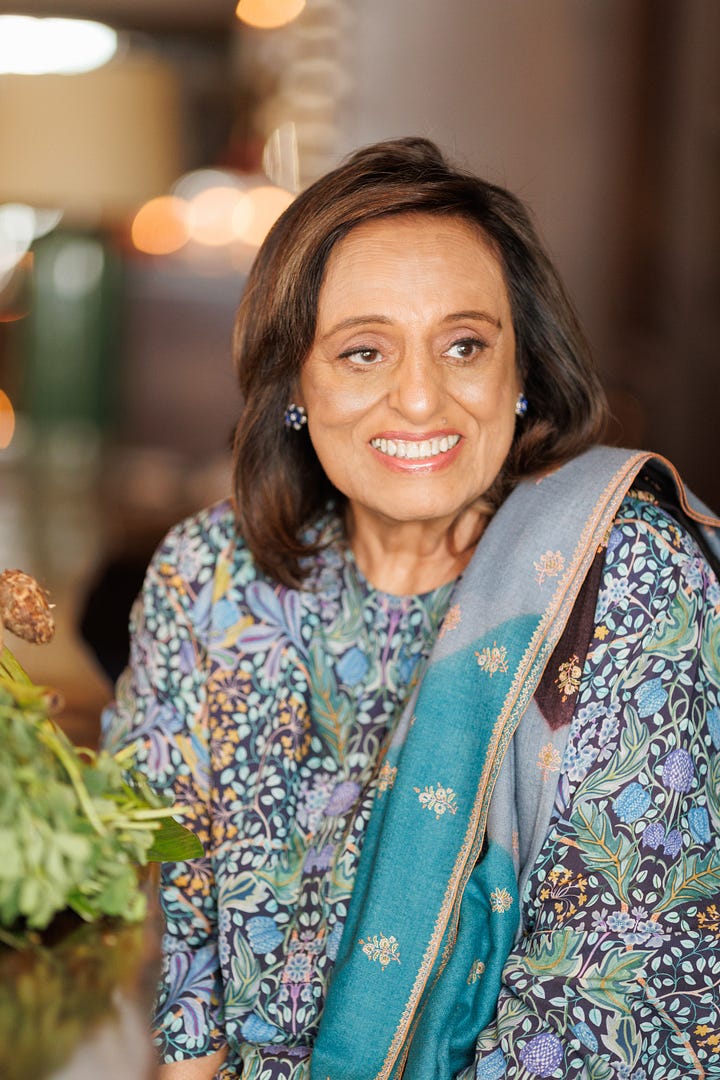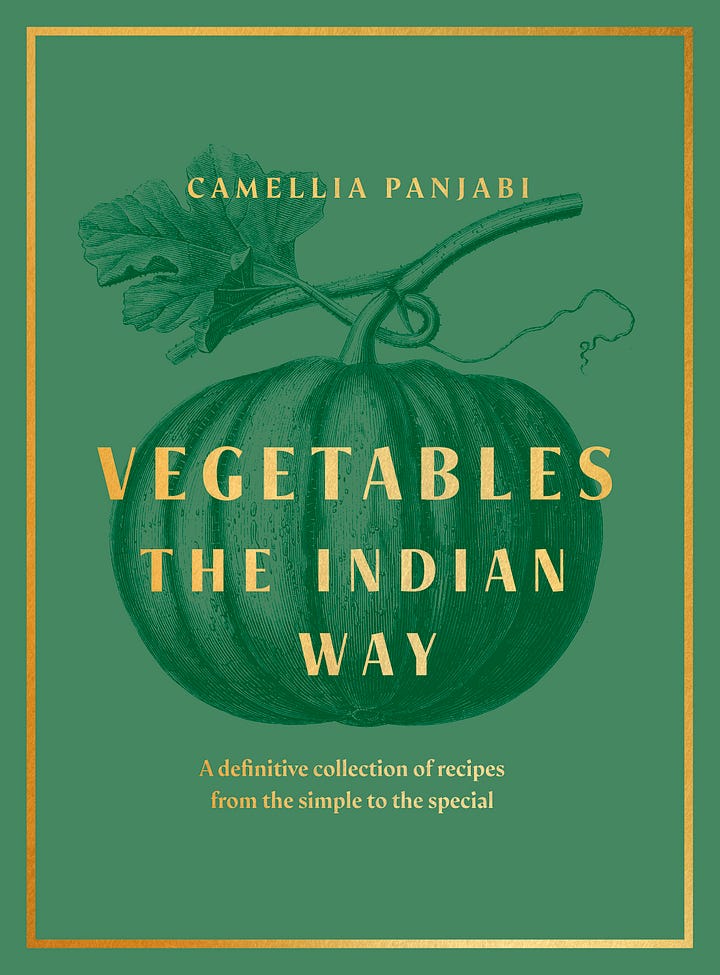Smashed at the Weekend #16: An interview with Camellia Panjabi
plus recipes from her new book
An interview with Camellia Panjabi


About Camellia Panjabi
A veteran of India’s hotel industry with the Taj Group, Camellia had huge career success in helping to create and develop some of the country’s key tourist destinations – including Udaipur, Jaipur, Goa and Kerala.
As a working director and member of the board of the Taj Group for more than 20 years…
Keep reading with a 7-day free trial
Subscribe to Smashed to keep reading this post and get 7 days of free access to the full post archives.


